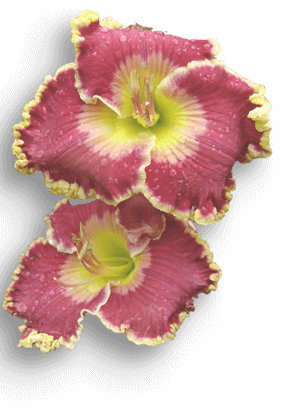We're Sorry!
Page Not Found
We can't find the page you requested. As you can see, we've recently redesigned our website. You may have an old link. If you can't find the page you are looking for, please contact us so that we can help you out.
The American Daylily Society

